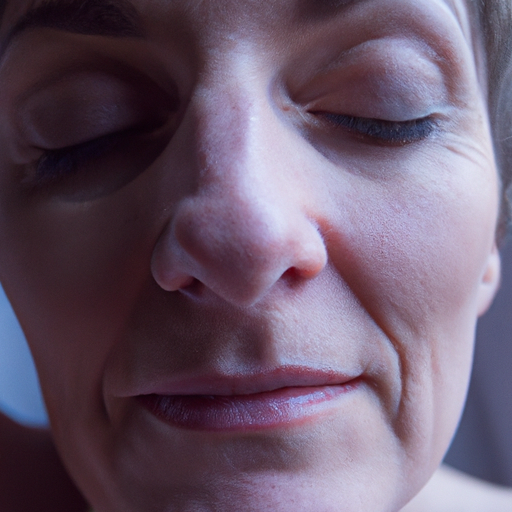Unveiling Freshness: Effective Strategies for Removing Dead Skin from Your Face
The skin is the largest organ of the body, and it serves as the first line of defense against environmental aggressors. However, it is also subjected to constant wear and tear, leading to the accumulation of dead skin cells on its surface. This can result in a dull, lifeless complexion, clogged pores, and an uneven skin tone. Therefore, removing dead skin from your face is an essential part of maintaining a healthy, radiant complexion. Here are some effective strategies to help you achieve this.
Exfoliation is the most common method to remove dead skin cells. This process involves using a scrub or brush to physically remove the dead skin cells from the surface of your skin. There are two types of exfoliation: physical and chemical. Physical exfoliation uses small granules or a brush to scrub away dead skin cells. It’s essential to be gentle during this process, as vigorous scrubbing can cause micro-tears in the skin, leading to irritation and inflammation.
Chemical exfoliation, on the other hand, uses acids or enzymes to dissolve the bonds between dead skin cells so they can be easily washed away. Alpha hydroxy acids (AHAs), beta hydroxy acids (BHAs), and retinoids are common ingredients in chemical exfoliants. AHAs are water-soluble and work on the skin’s surface, making them ideal for dry or sun-damaged skin. BHAs are oil-soluble and can penetrate deeper into the pores, making them perfect for oily or acne-prone skin. Retinoids can accelerate cell turnover and stimulate collagen production, making them effective for anti-aging purposes.
Another effective strategy for removing dead skin from your face is through professional treatments like microdermabrasion and chemical peels. Microdermabrasion is a minimally invasive procedure that uses tiny crystals to exfoliate the skin’s surface. It can improve the appearance of sun damage, wrinkles, fine lines, age spots, and other skin-related concerns.
Chemical peels, on the other hand, use a high concentration of different acids to remove the outer layer of your skin. This procedure can address various skin issues like acne scars, hyperpigmentation, and signs of aging. However, it’s crucial to consult with a professional before undergoing these treatments as they can cause side effects if not done correctly.
In addition to these strategies, maintaining a healthy lifestyle can also help in removing dead skin from your face. Drinking plenty of water can keep your skin hydrated and facilitate the natural shedding process. Eating a balanced diet rich in vitamins and antioxidants can boost your skin’s health and resilience. Regular exercise can increase blood circulation and promote healthy skin cell turnover.
Lastly, it’s essential to remember that while removing dead skin cells can improve your complexion, over-exfoliation can harm your skin. It can strip away the skin’s natural oils, leading to dryness, sensitivity, and irritation. Therefore, it’s recommended to exfoliate only once or twice a week, depending on your skin type and tolerance.
In conclusion, removing dead skin from your face is a crucial step towards achieving a fresh, radiant complexion. Whether you choose to exfoliate at home or opt for professional treatments, always remember to be gentle with your skin and nourish it with the right skincare products and a healthy lifestyle. After all, your skin is a reflection of your overall health and well-being.



